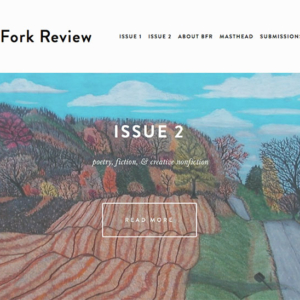The process of writing a novel is daunting. There are probably as many means and systems as there are writers. I found one that seems promising, and I have been going with that for my first attempt.
It™s called the Snowflake Method. I learned about from my friend Paula Johnson over at Rose City Sisters. Basically, the Snowflake Method breaks novel writing down into ten steps. The first nine are all prep, and the tenth has you writing the first draft.
The idea is to start with very broad stokes then gradually get more and more specific as you progress. So, the first step is to write a one sentence summary of your novel idea. The second step is to expand that sentence into a five-or-so sentence long paragraph. In Step 3 you write up a one-page summary of each of your main characters. And so on and so on, until you end up with a very detailed outline.
There are a couple of interesting things about this process.
First, as rigid as it sounds, it™s not meant to be linear. As you complete each step, you get a better understanding of your characters and plot. With that new knowledge, you go back to earlier steps and revise as necessary. Once you add characters, for example, it may be that your five-sentence outline needs to be altered to accommodate someone or something you hadn™t thought about before.
The second interesting thing is that the process is not linear at all. I have been working through this process for a few months now, and I am on Step 9. Just today I completed a thorough outline of the novel based on all of the scenes I set up in Step 8. And now that I™m done, I can see a huge restructuring of the events of the novel that need to take place.
Some of these are character-driven changes. For instance, I originally planned to have one poor character die in chapter one. Actually, he has to die to get the novel moving. But as I thought about the story from his perspective (Step 5), this character more or less blossomed. After seeing how he fits into the overall story, I think he needs to reappear here and there, even if as a ghost, for no other reason than whenever I think about the story, his voice pops up in my head. Very weird.
Other changes are plot driven. Because I can see the novel as a whole, I can see places where an event made sense initially but now seems totally out of place, or where a conversation between two characters ought to be between two other characters.
It™s all very interesting.
Does the Snowflake Method work? I don™t know yet. I™m stuck here at Step 9 for what may be the rest of my life. But it is a structured approach that fits with my need to focus on details before I feel comfortable letting go and getting a sense of the project as a whole. For better or worse, that™s just the way I work. And this has already gotten me further than I ever would have gone without a structured approach.


